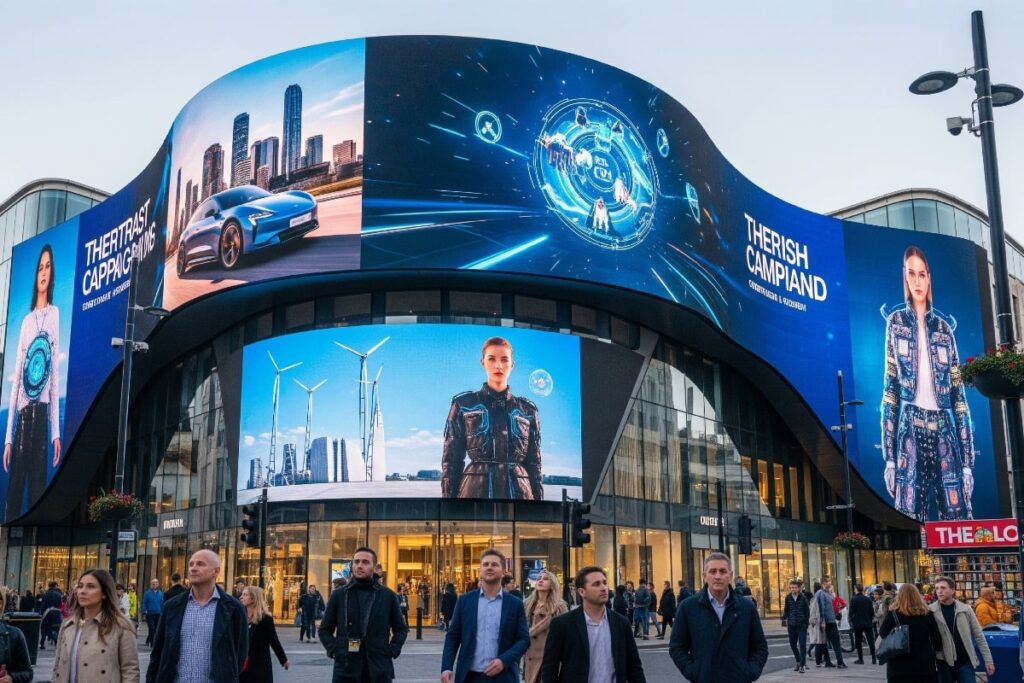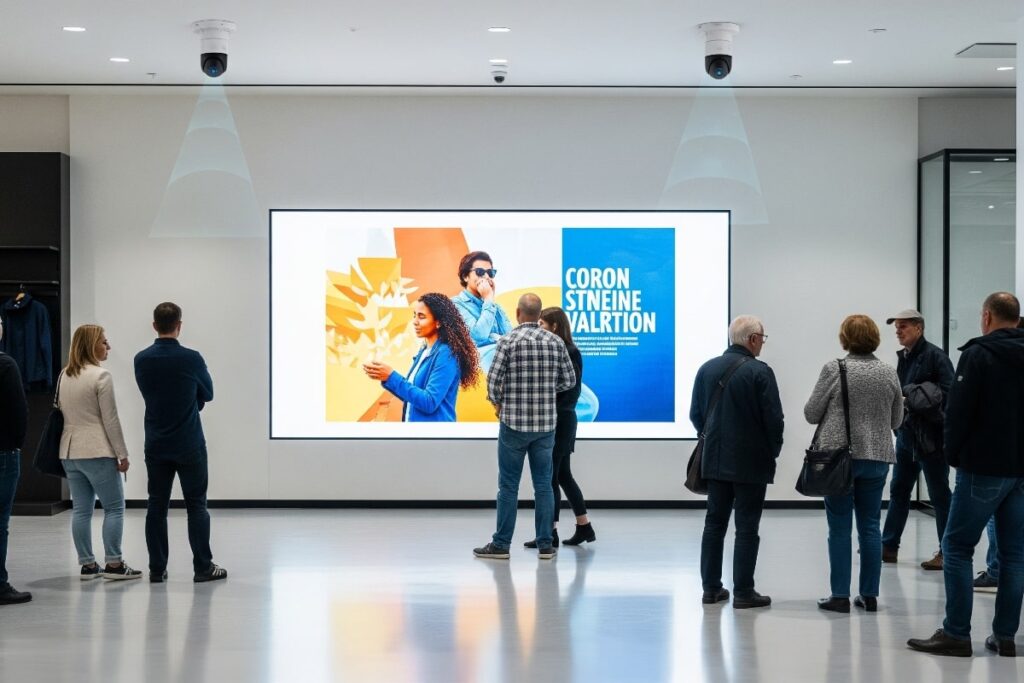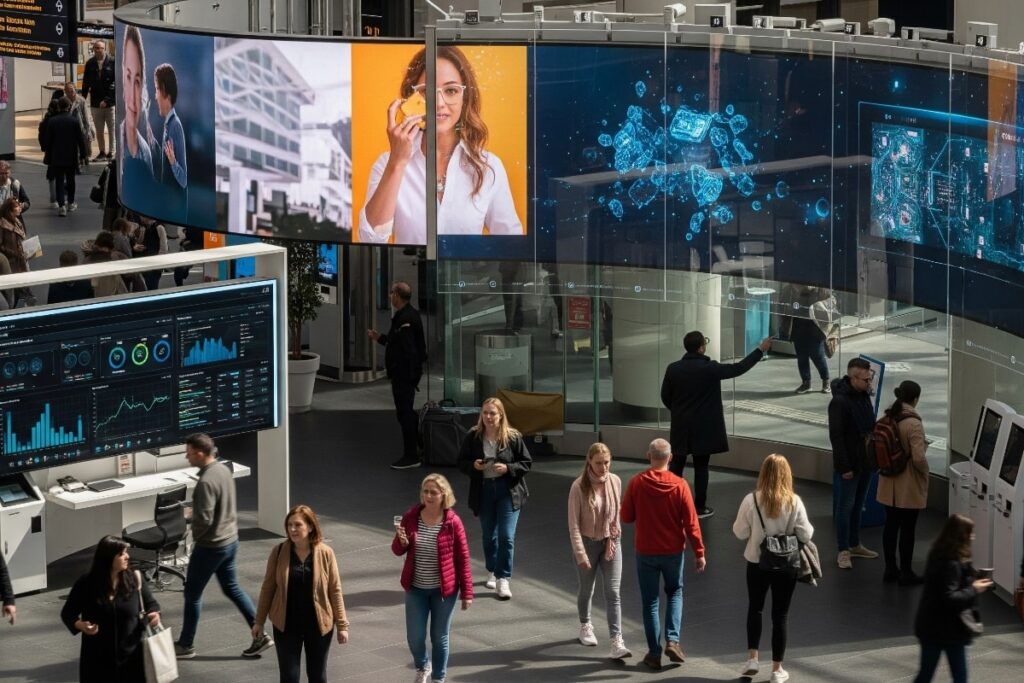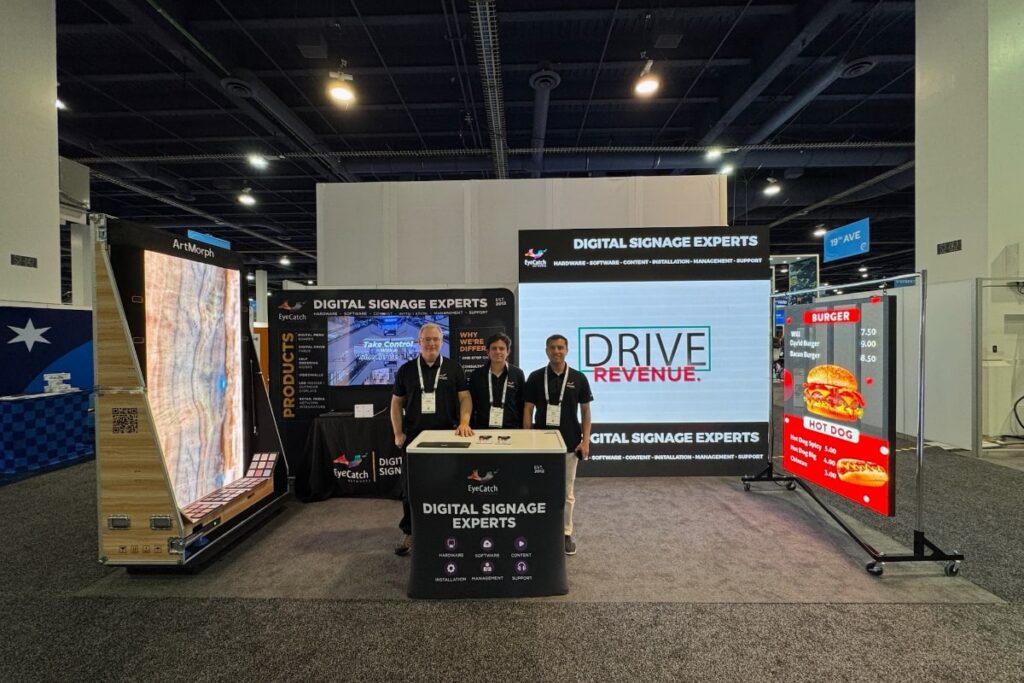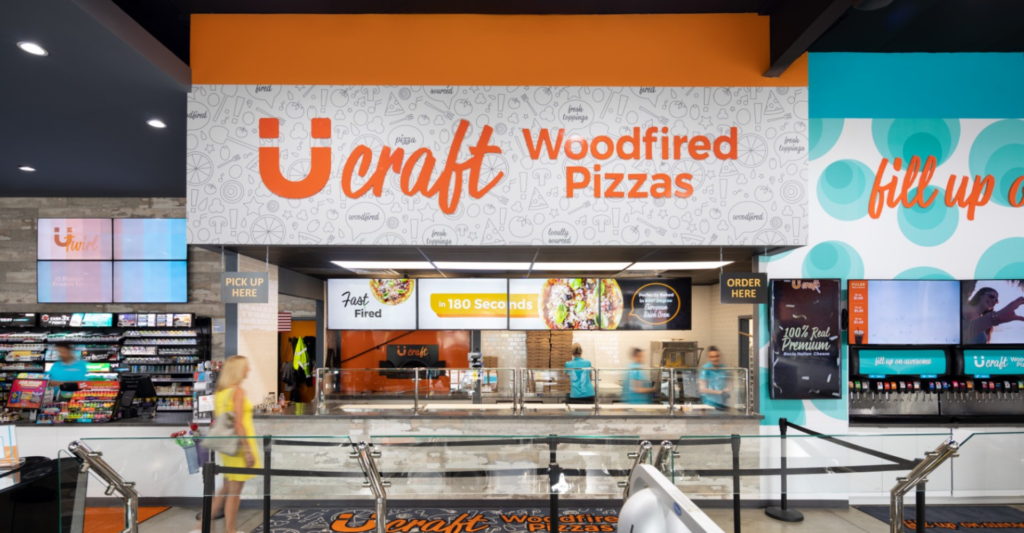Top 5 Digital Menu Board Trends for 2024
Digital menu boards have transformed the way businesses in the food and beverage industry display their offerings. They provide a dynamic, engaging, and flexible way to showcase menus, promotions, and special deals. As we move into 2024, there are some exciting digital menu board trends that are reshaping how businesses use this technology to enhance customer experiences and boost their operations.
In this article, we’ll explore the latest trends in digital menu boards, the top benefits of digital menu boards for your business, and what these trends mean for the future of the industry.
1. Interactive Touchscreen Menu Boards
One of the most notable digital menu board trends for 2024 is the rise of interactive touchscreen menu boards. These boards allow customers to browse the menu, customize their orders, and even place their orders directly from the screen. This trend not only improves customer engagement but also speeds up the ordering process, reducing wait times.
Interactive menu boards offer a hands-on experience that caters to the tech-savvy customer base, especially in fast-casual restaurants and cafes. With the growing demand for customization, customers can easily modify their meals, check ingredient information, and even apply loyalty rewards—all with a few taps.
For businesses, these touchscreen systems can reduce errors and improve order accuracy since customers are entering their preferences directly. Additionally, they can integrate with point-of-sale systems for seamless transactions, making them a game-changer in 2024.
2. Dynamic Content and Real-Time Updates
Gone are the days of static menus. The ability to change menu items and pricing in real-time is one of the top benefits of digital menu boards for your business. In 2024, dynamic content will continue to dominate. Businesses can update their menus instantly to reflect daily specials, limited-time offers, or seasonal items.
This trend is especially useful for restaurants with rotating menus or those that need to adjust prices based on supply chain fluctuations. Dynamic content also enables businesses to display engaging visuals like video clips of food preparation, mouthwatering close-ups of dishes, or customer testimonials, all of which enhance the dining experience.
Real-time updates are particularly valuable for multi-location businesses, such as fast-food chains, where consistency across locations is key. Changes can be made from a central location and immediately pushed to all locations, ensuring that menus stay up-to-date without the need for manual labor.
3. Personalized Menus and Targeted Promotions
Personalization is becoming a major trend across various industries, and the restaurant business is no exception. In 2024, digital menu board trends are heading toward personalized menus that cater to individual preferences and dietary needs. These menus can be tailored based on the time of day, the weather, or even specific customer profiles.
For example, a digital menu board might promote cold beverages on a hot day or feature comfort foods during the winter. Businesses can also use customer data to offer targeted promotions, like discounts for regular customers or special deals for first-time visitors. This kind of personalized marketing helps build customer loyalty and increases the likelihood of repeat visits.
Targeted promotions can also boost sales by highlighting items that customers are more likely to purchase, based on factors such as popular choices during certain hours or seasonal favorites. With personalization, businesses can create a more engaging experience for customers while increasing profitability.
4. Sustainability and Energy Efficiency
Sustainability is an increasingly important factor for businesses and consumers alike. In 2024, one of the latest trends in digital menu boards is the focus on energy efficiency and eco-friendly technology. Digital menu boards, especially those with LED screens, use significantly less energy than traditional backlit signage. Moreover, digital boards reduce the need for paper menus, which contributes to a more sustainable business model.
Restaurants can highlight their eco-conscious efforts by using digital displays to promote their green initiatives, such as sourcing locally, offering plant-based options, or minimizing food waste. For businesses looking to reduce their carbon footprint, adopting energy-efficient digital menu boards can be a step in the right direction.
Energy-efficient boards not only benefit the environment but also reduce operational costs. By lowering electricity usage and eliminating printing costs for new menus, businesses can save money in the long run, making digital menu boards a smart financial investment as well.
5. Integration with Mobile Ordering and Apps
Another major trend for 2024 is the integration of digital menu boards with mobile ordering systems and apps. As more customers prefer to place orders through their smartphones, linking digital menus with mobile platforms is becoming essential for restaurants. This integration allows customers to view the menu on their phones and place orders directly, whether they’re dining in or ordering for pickup or delivery.
For restaurants with busy lunch or dinner hours, this trend can help streamline operations. Customers can order ahead and simply pick up their meals without waiting in long lines. This convenience factor is especially important for fast-casual and quick-service restaurants.
Moreover, digital menu boards can display QR codes that customers can scan to view the menu or access promotions on their mobile devices. This seamless integration between physical and digital experiences enhances customer satisfaction and provides businesses with valuable data on ordering trends and customer preferences.
Top Benefits of Digital Menu Boards for Your Business
As we’ve discussed the key trends for 2024, it’s clear that the top benefits of digital menu boards for your business are numerous. Here are just a few:
- Increased Flexibility: The ability to update content in real-time means you can adapt quickly to changing conditions, such as inventory shortages, price fluctuations, or seasonal changes.
- Enhanced Customer Engagement: Dynamic visuals and interactive features make digital menu boards more engaging than traditional menus, improving the customer experience.
- Cost Savings: Digital boards eliminate the need for printing new menus or promotions, reducing long-term operational costs.
- Consistency Across Locations: For businesses with multiple locations, digital boards allow for centralized management of content, ensuring consistency across all sites.
- Improved Order Accuracy: Touchscreen ordering and integration with mobile apps help reduce order mistakes and speed up service.
As we head into 2025, digital menu board trends are shaping the future of how businesses present their menus and interact with customers. From interactive touchscreen boards to energy-efficient displays, the possibilities are endless. The latest trends in digital menu boards focus on personalization, sustainability, and technology integration, offering businesses new ways to engage customers and streamline operations.
The top benefits of digital menu boards for your business go beyond just displaying menus—they can enhance customer experiences, boost sales, and even promote sustainability. As technology continues to evolve, businesses that embrace these trends will be well-positioned for success in the competitive food and beverage industry.




